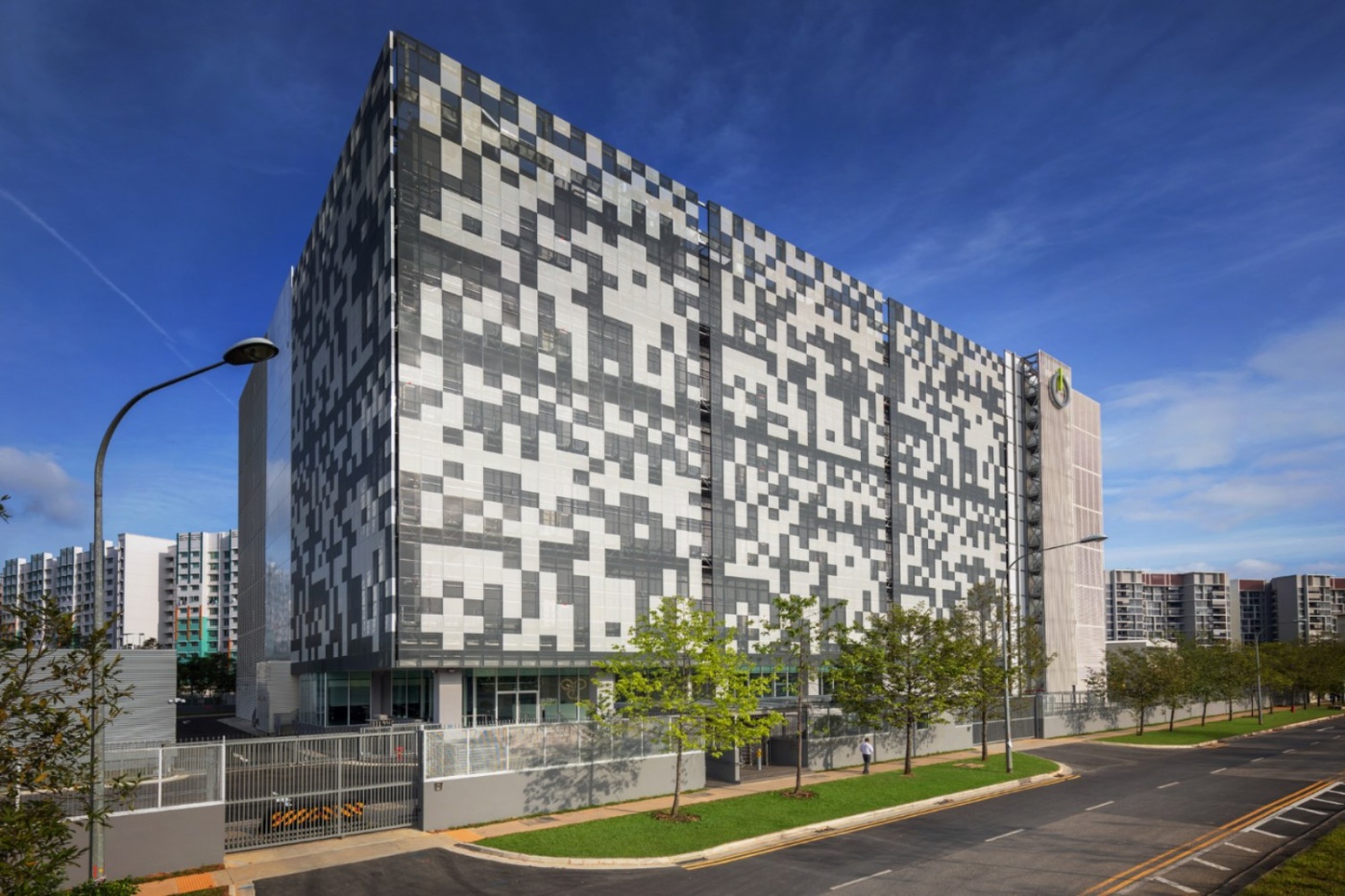DPR Construction Is Virtually Building Projects Using Cloud-Based Solutions
The construction industry has faced disruptions during the Covid-19 lockdowns and continues to face a shortage of labour. To help overcome this, DPR Construction is leveraging virtual design and construction (VDC) methods to navigate workflow constraints resulting from disruptions.
VDC, by nature, is extremely compatible with a remote working environment. DPR’s teams are virtually building projects using cloud-based solutions like BIM Track and Autodesk BIM 360 in conjunction with web platforms like StructionSite to seamlessly collaborate, share ideas and create content to navigate constraints posed by the disruptions.
Richard Kimber, DPR’s managing director for Singapore and Southeast Asia, said: “The information and value represented in the model sums up why VDC should be used on every project—especially during the design and preconstruction phases. Any successful construction project is built on layers of well-thought-out planning for every scope of work. Leveraging data from the model to inform workflow planning inevitably leads to other adjustments in work methods to keep projects going.”
VDC services like design coordination are enabled by a data-rich Building Information Model (BIM) and applied design integration processes, which DPR uses to identify and resolve issues before construction begins. In early design phases, better collaboration and information enable project teams to make more informed decisions about design intent and constructability. When issues are addressed at this stage of the project, it leads to better predictability, productivity and quality.
Many assume that design coordination happens by default on projects set up for a high level of collaboration, like Integrated Project Delivery or design-build. While it happens more often on these types of projects, silos can still exist in execution. Additionally, throughout the industry, preconstruction budgets for design integration and preconstruction services traditionally are on the lighter side, whereas the construction budgets can be inflated with design contingency, mainly due to unforeseen issues that could be resolved during the preconstruction phase, without the added cost impact, delays or rework during operations.
Through applications of VDC and clash detection, DPR has identified over thousands of issues ranging from existing conditions, to design specifications, to maintenance access, to constructability, to traditional trade coordination issues. Using the BIM Track platform, DPR can analyse issues by location, system priority, impact and other sets of criteria to calculate the priority in which design issues should be addressed and resolved. Assigning and tracking issue accountability for all project team members translates to more agile issue resolution. It also helps promote “right behaviours” through the ability to track progress and overall project team performance using data points, such as average time to resolve issues and issue accountability.
With this information, along with historical data about the company’s core markets, DPR can inform owners and designers of typical design challenges and equip them with the added knowledge to make better and more informed decisions.
On a recent life sciences project in the United States, DPR converted an existing 261,000 square feet office into a multipurpose facility including labs, clean rooms and clinical spaces over the span of 15 months. The project stipulated liquidated damages, which made coordination even more critical to ensuring successful delivery. During the coordination process, more than 2,000 issues were identified and resolved by the project team, resulting in only 150 RFIs and no impacts on the schedule.
After completing coordination, DPR reviewed six major roadblocks and assessed the averted impact on the project. The results were eye-opening: if not for VDC coordination and early trade engagement, the project would have hit a 14-week delay. When comparing associated costs for the six roadblocks to the cost for coordination services, DPR found a 200 per cent ROI. The benefits of model-based coordination have been fully embraced by the team as a best practice moving forward.
When comparing the two numbers, DPR is finding while more preconstruction budget is needed to properly apply VDC services in the preconstruction phase, rework during physical construction is significantly reduced and project teams can easily recoup the upfront investment. In most cases, the project realises ROIs that generate more than tangible cost savings, as well as qualitative value due to timely coordination effort.
“There is an objective and quantifiable return on investment by using VDC,” Kimber added. “By making slight adjustments to how the project teams such as owners, designers, contractor and trade partners integrate early, it is possible to influence and mitigate the impact of design changes later down the road during construction.”


